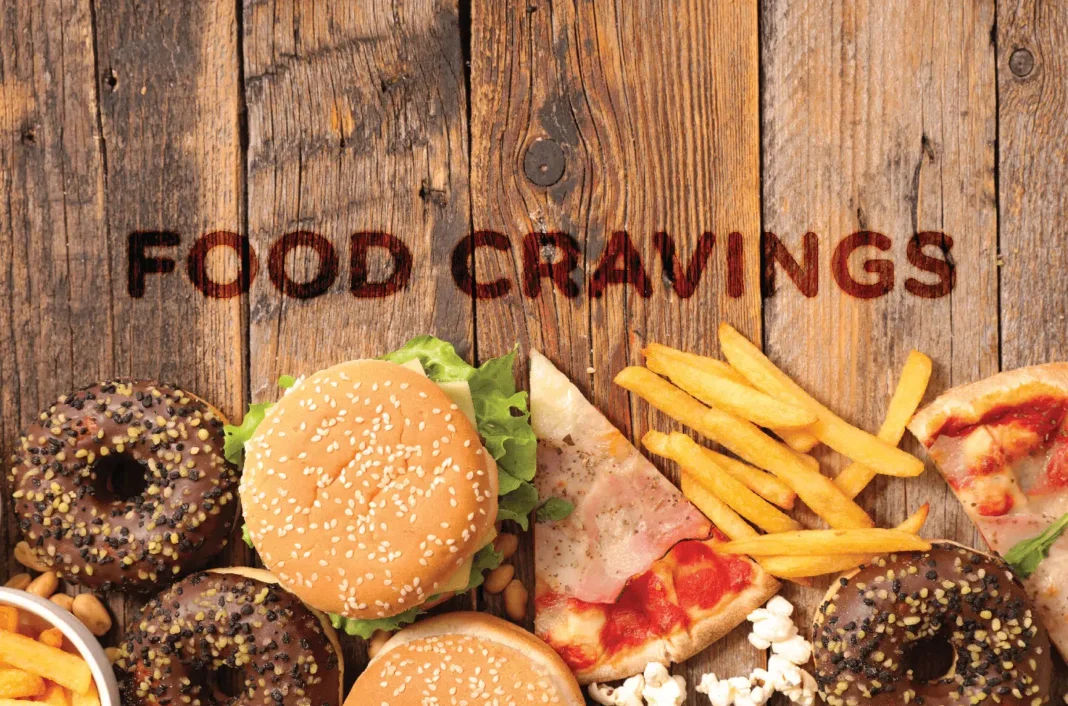Cravings are a common phenomenon experienced by many, often leading us to indulge in unhealthy food choices. However, cravings can also serve as valuable clues about our body’s nutritional needs. By understanding the types of cravings and the deficiencies they indicate, we can make informed dietary choices that support our overall health and well-being.
Sweet Cravings:
Craving sugary treats like chocolates or pastries may indicate a deficiency in chromium, magnesium, or carbon. Instead of reaching for processed sweets, opt for naturally sweet foods like fruits, which provide essential vitamins and minerals while satisfying your sweet tooth.
Salty Cravings:
A craving for salty snacks such as chips or pretzels may signal a lack of minerals like sodium, chloride, or silicon. Instead of indulging in high-sodium processed foods, incorporate healthy sources of salt, such as sea salt or Himalayan salt, into your meals in moderation.
Chocolate Cravings:
Chocolate cravings are often associated with a deficiency in magnesium. Instead of consuming milk chocolate loaded with sugar and additives, opt for dark chocolate with a high cocoa content, which provides antioxidants and essential minerals like magnesium.
Carbohydrate Cravings:
Cravings for starchy foods like bread, pasta, or potatoes may indicate a need for energy or a deficiency in serotonin, a neurotransmitter that regulates mood. Instead of refined carbohydrates, choose whole grains like quinoa or brown rice, which provide sustained energy and fiber.
Protein Cravings:
Cravings for protein-rich foods like meat, eggs, or cheese may suggest a need for amino acids or iron. Instead of relying solely on animal sources, incorporate plant-based protein sources like beans, lentils, tofu, or nuts into your diet for a healthier balance.
Hydration Cravings:
Sometimes, cravings may simply indicate dehydration. When you’re thirsty, your body may misinterpret the signals as hunger or cravings. Stay hydrated by drinking plenty of water throughout the day, and consider incorporating hydrating foods like fruits and vegetables into your diet.
Conclusion:
Cravings are a natural part of life, but they can also provide valuable insights into our body’s nutritional needs. By paying attention to the types of cravings we experience and understanding the deficiencies they may indicate, we can make healthier food choices that nourish our bodies and support our overall health and well-being. Instead of giving in to unhealthy cravings, listen to your body and choose nutrient-dense foods that satisfy your cravings while promoting optimal health.
Source – The Times of India



